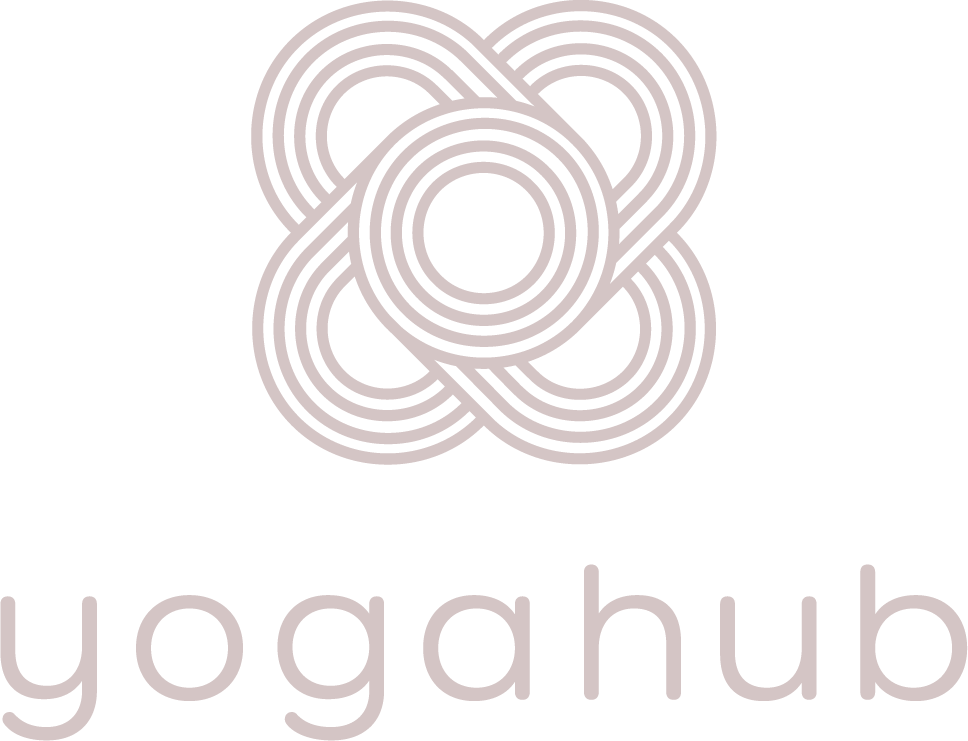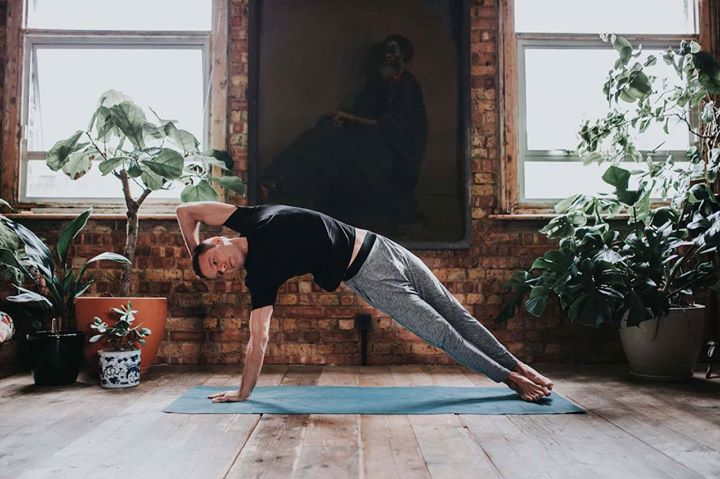Adam Hocke is a teacher, writer, and mentor empowering his students’ yoga practice and self-care. Through a unique blend of vinyasa flow and restorative yoga, he offers anatomically precise, strong, and accessible classes to physically awaken and renew the body and mind. His podcast is listened to in 135 countries and his streaming video classes are available at Movement for Modern Life. Adam is a senior student of Jason Crandell, whom he assists on advanced teacher trainings and immersions. More at adamhocke.com
I’m so excited to come to Dublin for my weekend of workshops (Inside Out: Develop Your Core and Advance Your Practice). Over the weekend you will learn the key exercises and yoga drills to develop isolated and holistic strength through your core muscles, and work with the magic access points to get the core helpfully alive through your flow. We will look at how arm balances and inversions require core strength, complicated backbends require core awareness, and resting postures require core release and compassionate space. I also want to make sure we have a dialogue about why we use core in yoga, how we can use it better, and question some of our habitual and societal overuse and emphasis.
I’ve been practising with the core for a long time. The first workshop I ever taught in London was on core strength, and over the years since I have encountered a variety of interpretations of what this actually means. Trying to figure it out for myself, I wrote a column for Om Yoga & Lifestyle Magazine a few years ago that included the following:
“As the physically strengthening and integrative component of asana, core should be used as an anatomical metaphor for activating one’s deeper strength and wisdom. As contrast to an emotionally expressive ‘heart opening’ practice, ‘core activation’ practice is much more than repeated planks and boat poses. Core focused practice develops the physical skill to support expressive postures and the concurrent mental and emotional clarity to see their revelations with grounded clarity. Beyond ego, beyond transient emotion, and rooted within our physical centre of gravity – the core is by its very description that without which we could not function. ‘Activate the Core’ is an essential instruction for strong and integrated asana practice.” (read the whole column)
I taught many classes with loads of boat pose, plank, and other sweaty and torturous transitions whilst believing I was on a virtuous mission. But I’ve come to believe that we have over-emphasised strength, and neglected flexibility, awareness and compassionate care for our centres. We have been chasing the most obvious and least interesting of outcomes. I wrote a controversial blog for Huffington Post about it earlier this year:
“I thought I knew why core strength in yoga matters. I thought you could strengthen your core muscles to improve athletic performance of yoga postures, address or prevent back pain, and in no way whatsoever be concerned with getting ready for a bikini shot on the beach. But when I’ve tried to support these assumptions with the available exercise science, they fell apart or were revealed to be decidedly unimpressive. Research currently shows that core strength plays only a limited role in improved athletic performance, is not a demonstrable contributor to lower back pain prevention or treatment (as much as simply moving and exercising), and has been misunderstood and mistaught since a faulty Australian study in the mid-90’s. Yoga shapes require some mindfully utilised aspects of core musculature and structure to balance, move, and stabilise, but the heightened level of our core strength obsession might far exceed our actual need.” (read the whole blog)
I cannot wait to continue this dialogue and exploration with you as we learn to work with and care for our cores. See you 21-23 September!



